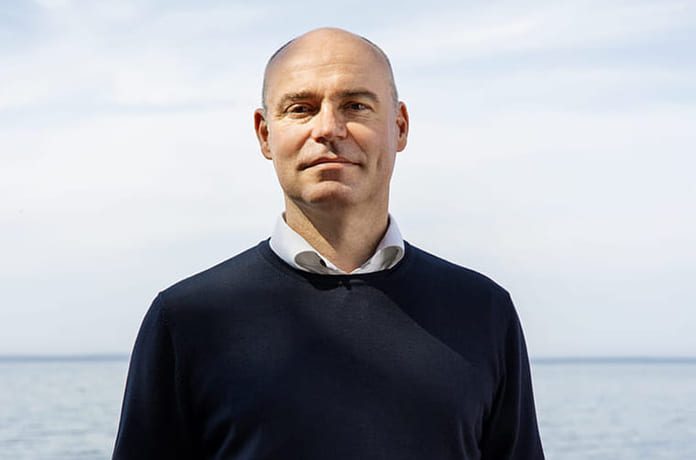This week, Finnish steelhead farmer Fifax launched an initial public offering and listing of its shares. The Åland-based company is aiming to net €15 million to fund its expansion.
Comprising some 60 inhabited islands, 25 miles east of the Swedish coast, the people of the Åland archipelago have always looked to the sea for their living. Today, around half of all fish produced for food in Finland originates from around the islands. But could the future of Finnish aquaculture be on land?
One producer that thinks so is Fifax. Founded in 2012, construction of the company’s 3,200 tonne capacity RAS facility started in Eckerö in 2014. They have been producing steelhead in ever increasing quantities since 2015.
Last week, the RAS company launched an initial public offering aimed at netting €15 million to fund further expansion.

Clear demand
The plant currently employs around 30 people and is already one of the largest operational land-based facilities in northern Europe. Once expansion has been secured, the company expects to see revenues in excess of €50 million a year.
Explaining the logic behind the business, the company’s CEO, Samppa Ruohtula, says, “There is a clear demand locally.” Around 80 per cent of the fish consumed in Finland today is imported.
“There is a quite clear market for domestically produced fish. Obviously our core markets are Finland and Sweden which are on either side of us.”
The company buy half a million eggs every six weeks from a well known international supplier. Target size for the fish is 2.4 kilos average, smaller than most Atlantic salmon but, as Ruohtula points out, with the advantage of a quicker turnover.

Baltic traders
Throughout their history, Ålanders have been famous for the quality of their ship building which allowed the small island communities to build up a profitable trade with neighbouring countries.
The port of Mariehamn on the islands served as the base for the last large commercial sailing-ships in the world. Their final tasks involved bringing Australian wheat to Great Britain, a trade which the islanders kept going until 1947.
Åland’s economy is still heavily dominated by shipping, which represents about 40 per cent of the economy, while several international carriers are owned and operated from the islands. Today the semi-autonomous islands are the wealthiest region of Finland, indeed, they rank 20th for wealth of all the EU’s regions.
This background goes some way to explaining the region’s embrace of capital intensive farming techniques such as RAS. But there is another reason.

The sea and poison
Despite the beauty of the islands’ setting, the Baltic is one of the most polluted seas in the world. Shallow waters, slow circulation, and low water temperatures have all exacerbated the problems caused by industrial and agricultural run off from the surrounding countries.
Meanwhile, it is estimated that the German areas of the Baltic alone could contain as much as 1.6 million metric tons of conventional munitions and more than 200 000 tons of chemical weaponry.
As Ruohtula elaborates, “The Baltic Sea is extremely sensitive and the level of nitrogen and phosphorus has been has been a big issue. What we have done in our implementation of RAS that will take the water circulation rate to quite extreme levels also we circulate 99.7% of the water.”

Closed loop
Inside the Fifax facility, steelhead trout are hatched, farmed, slaughtered, and processed under the same roof. Although the water used in production is drawn from the Baltic Sea, it is subject to purification, after which it circulates in the RAS system again and again.
As Ruohtula explains, “In production, we use our ultra-intensive implementation of the RAS method.”
“Our production is based on an almost completely closed-loop circulation of water. This provides significantly better protection from external factors than, for example, cages at sea, and the method allows us to provide fish with a meticulously controlled growth environment in clean water all year round. As a result, we can offer our customers an antibiotic-free product with continuous production.”

The system, based on technology supplied by a Norwegian-Danish company, has significant advantages over traditional fish-farming methods and conventional RAS implementations says Ruohtula.
“This method allows us to create a growth environment where we can take better care of the fish, while minimising any side effects upon the environment.”
Team effort
“We have we are one of the very few companies and teams internationally who have not only built and started a large scale RAS facility with several thousand tonnes capacity but that are farming and have provided a meaningful output.”
“Even if we are not at full speed yet, we are still producing meaningful volumes. And the number of people who actually have come to that point is is very rare, globally.”
The company will announce the final result of the First North IPO in a company release on 15 October.



